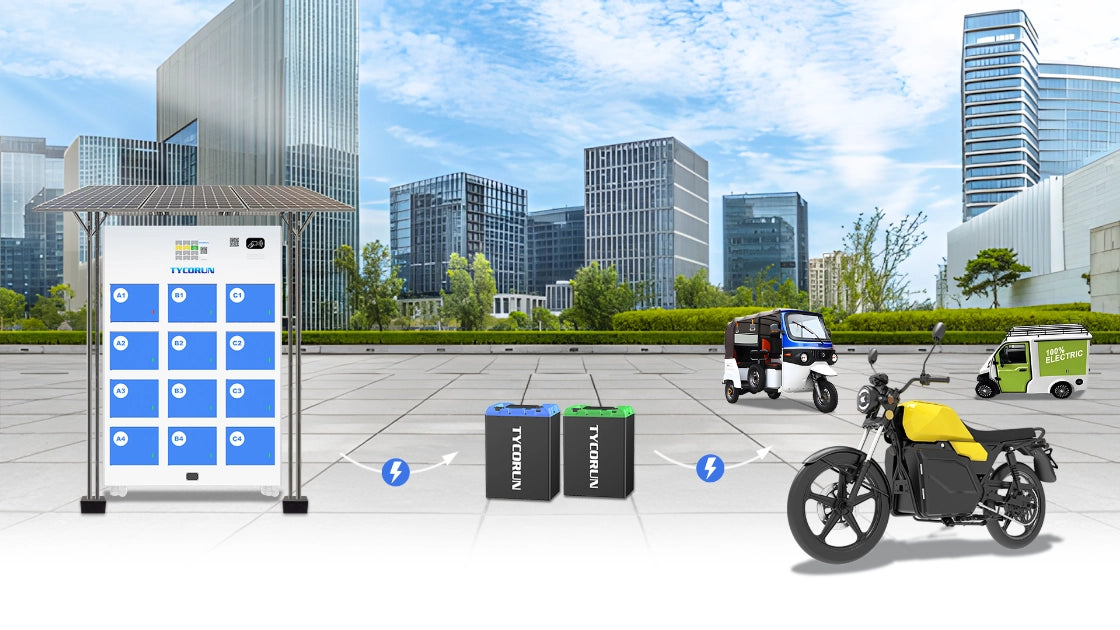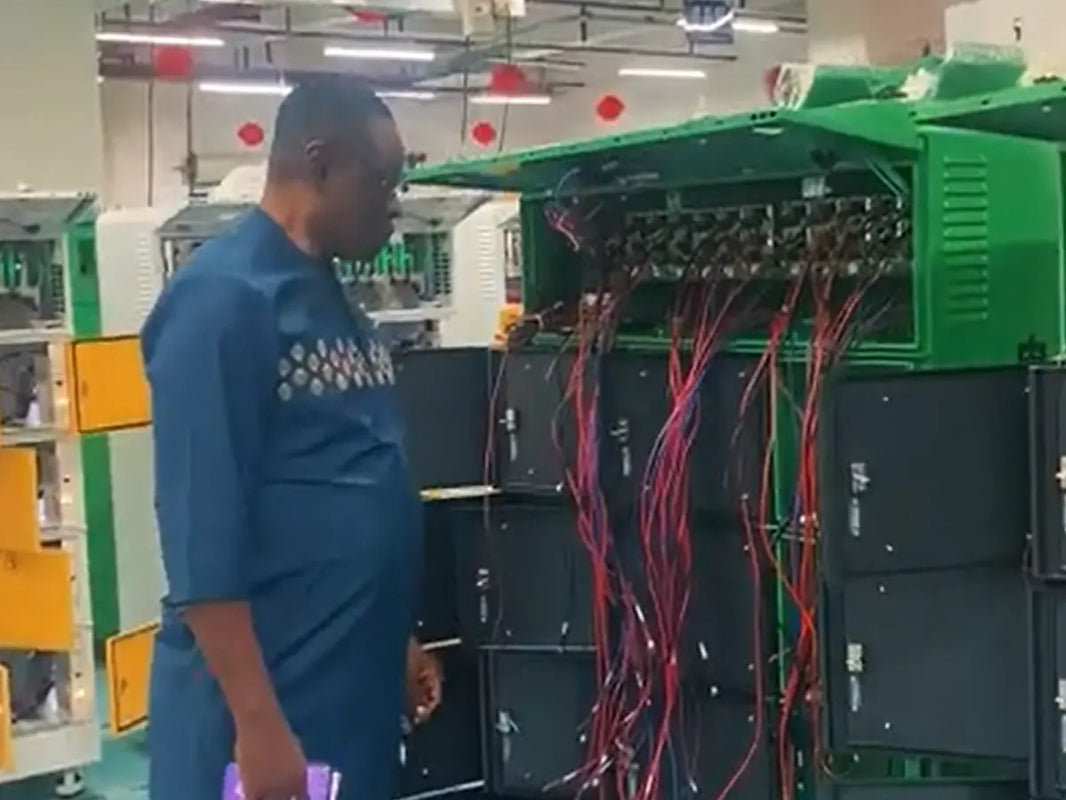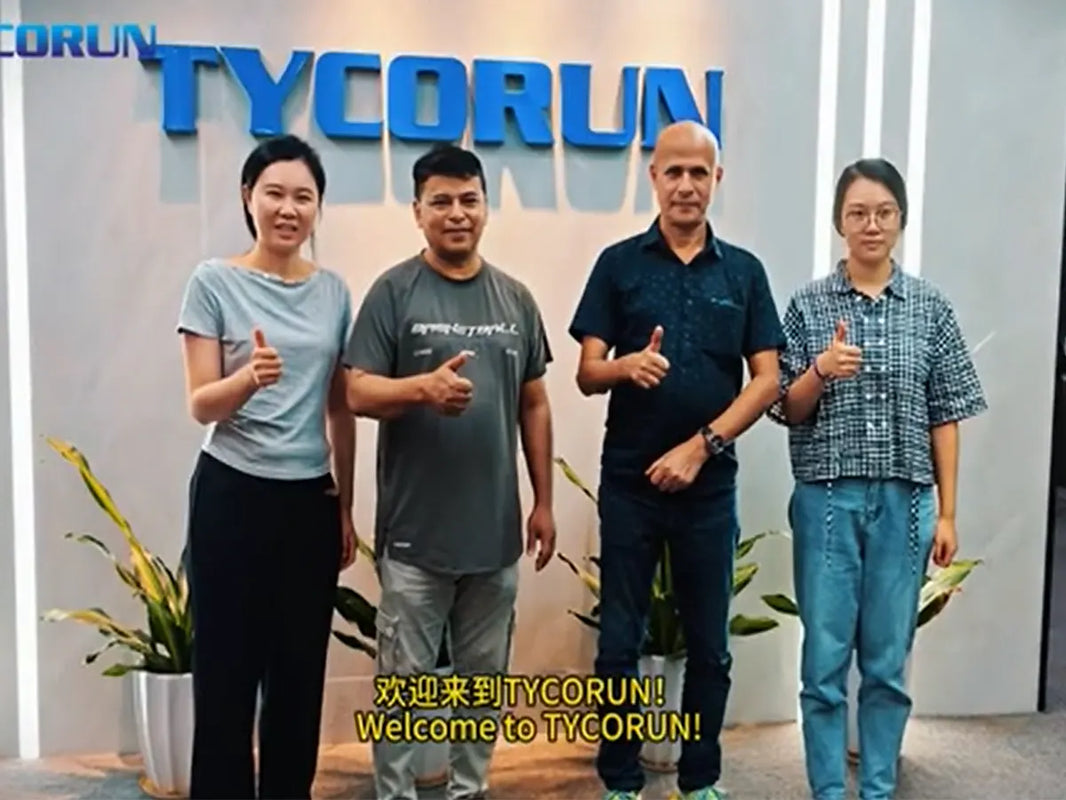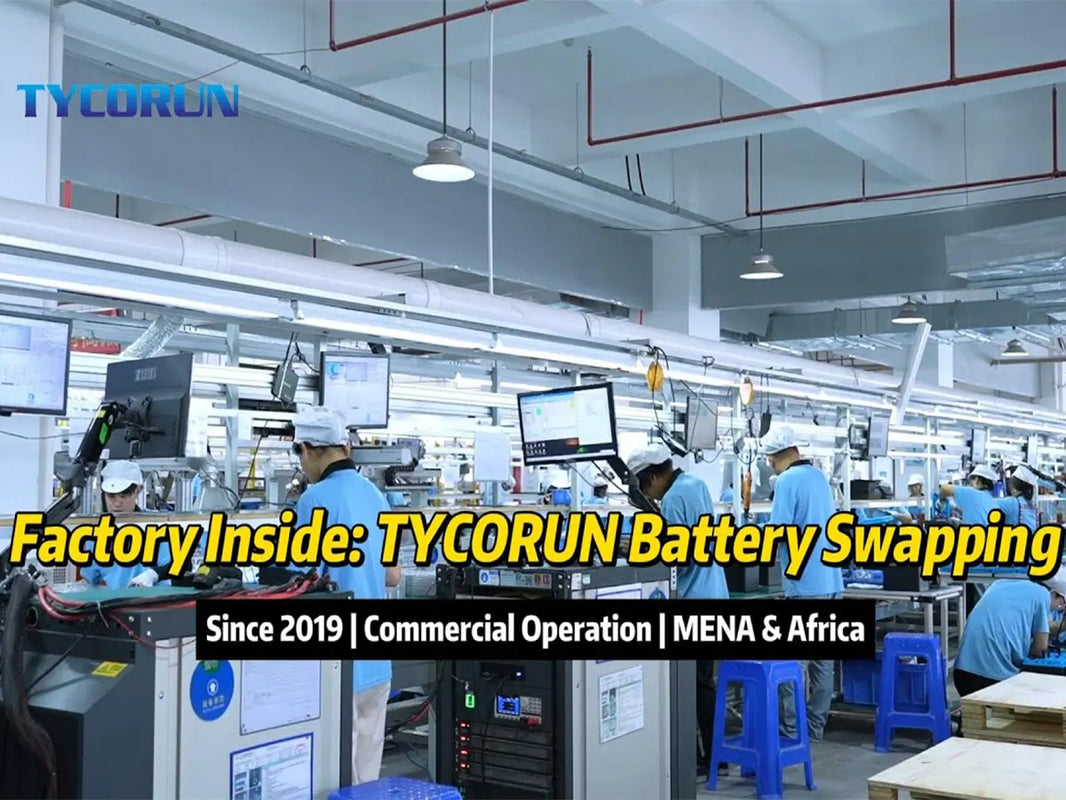
Main content:
Many people consider the following issues when choosing batteries for their RV.
Which type of battery is most suitable for my RV, traditional lead-acid battery or lithium battery? Which lithium battery can solve the power consumption problem of my RV? What kind of lithium battery and what capacity can meet the daily power consumption of my RV.
This article presents a detailed guide for selecting ideal deep cycle RV battery based on these issues, and recommends an efficient and cost-effective deep cycle RV battery.
Why is deep cycle RV battery popular
Firstly, why is deep cycle RV battery so popular among people nowadays?
The electricity on a motorhome is different from the electricity in a house. The electricity in a house is stable and long-lasting, and as long as the electricity bill is paid, there is electricity available. However, the source of electricity for a motorhome is different.
The power source of RVs is divided into two modes: 12V DC (some RVs use 24V or even 48V) and 220V AC. The 12V battery is stored in the RV's battery (also known as the household battery, used to distinguish the starting battery of the chassis), while the 220V voltage power supply is not stored and can only be connected externally. Therefore, RVs are usually equipped with 1-2 batteries as standard to store electricity. It should be noted that the RV's living battery and engine starting battery are not the same system.
During the driving process of the RV, the battery can be charged through the car engine. When the RVstops for a long time camping and cannot charge the battery anymore, electricity consumption becomes a problem.
The inverters, refrigerators, water pumps, exhaust fans, and other equipment used in RVcamping can be said to be at full load when in use, while devices such as heaters, electric water heaters, range hoods, and toilet specific exhaust fans, although not frequently turned on, still consume a lot of electricity. In addition, although lighting, satellite antennas, vehicle monitoring, gas water heaters, etc. do not consume much electricity, their long-term power consumption is not small.
So, how can we solve this problem?
There are various ways for RVs to maintain power when offgrid, including batteries, solar energy, and generators, which are widely used. However, using heavy-duty generators outdoors is noisy and not portable.
The deep cycle RV battery can be charged by the engine through the generator during driving. And as a deep cycle battery, it can discharge a very low amount of electricity without affecting its lifespan, and its charging and discharging times are much higher than ordinary car batteries.
Therefore, nowadays when people drive RVs for travel, they often purchase a deep cycle RV battery to see as back-up battery supply or just for a more comfortable and convenient power supply.

How long do deep cycle RV battery last
After understanding the reasons why deep cycle RV battery is popular, the first question that buyers who decide to purchase deep cycle RV battery encounter is which type of battery to choose, lithium battery or lead-acid battery?
The types of deep cycle RV battery
So let's take a rough look at the various types of batteries commonly used in RVs.
Firstly, there are lead-acid batteries. Although lead-acid batteries are cheap, they are bulky and heavy, so there are relatively few people who choose lead-acid batteries for RVs. If the average daily electricity consumption is around 8 kWh, at least 14 100Ah lead-acid batteries are needed.
Generally, a 100Ah lead-acid battery weighs 30KG, and 14 pieces is 420KG, which is about the weight of 5 adults. Moreover, lead-acid batteries have a short lifespan and a decreasing battery storage rate, so car owners often need to replace them with new ones, which may not be as cost-effective in the long run.
In almost all aspects, lithium ion rv batteries have more advantages than old-fashioned lead-acid batteries. We believe that lithium batteries are the most reasonable, economical, and effective way to power RVs.
The advantages of deep cycle lithium ion battery include that its weight is less than half of lead-acid batteries, the available capacity is higher under the same ampere hour of lithium deep cycle RV battery, the full charging speed is 6 times that of lead-acid batteries, and it is a very important point among its advantages, which is also a concern for consumers, how long do deep cycle RV batteries last, theanswer to this question is over 10 years which can help users save some money for replacement.
Lithium batteries are commonly divided into two types: lithium iron phosphate and ternary lithium. So why are most RVbatteries on the market lithium iron phosphate? The batteries on RVs are different from those on electric vehicles. Car enthusiasts require frequent charging and discharging, and the power supply must be safe.
Therefore, the advantages of long cycle life and high safety make lithium iron phosphate the preferred choice for electric vehicle usage scenarios. Lithium iron phosphate has a lower energy density than ternary lithium, but its cycle life is much longer and safer than ternary lithium battery.
Lithium iron phosphate has stable chemical properties and good high-temperature stability. It only begins to decompose at 700-800 ℃ and does not release oxygen molecules or produce violent combustion when facing impacts, punctures, short circuits, and other situations. It has high safety battery performance.
The thermal stability of ternary lithium batteries is poor and there is a risk of thermal runaway under extreme conditions, while lithium iron phosphate has higher thermal stability and is more suitable for high-frequency use scenarios such as RVs in terms of safety.
In addition to safety and high cycle life, lithium iron phosphate batteries also need to be able to provide stable power supply to ensure comfortable travel. Therefore, when choosing a backup power source for RVs, lithium iron phosphate deep cycle RV battery is the first choice.

What's the best capacity of deep cycle RV battery
After deciding to purchase a lithium deep cycle RV battery, RV users immediately become confused about what capacity lithium deep cycle RV battery to choose? For this issue, it depends on the total electrical power on the RV.
Power demand
Air conditioning heating is generally around 2500W (electric auxiliary heating); Air conditioning cooling is generally around 800W; Induction cookers typically have a power of around 2500W; Electric kettles generally cost around 1500W.
It is not recommended to use high-power electrical appliances for RVs. It is best for a single electrical appliance to have a power of less than 3000W, and high-power appliances should not be used simultaneously as much as possible.
Taking the air conditioner that everyone is most concerned about and has the highest individual power as an example, if you want to turn on the air conditioner for 10 hours in summer, you need energy: 800W × 10h=8kW · h (8 kWh of electricity), according to the formula: power × usage time=electricity consumption.
The above calculation is a theoretical value, and the same can be applied to other electrical appliances. The total energy consumption of all electrical appliances is added up to obtain the total electricity demand. The power consumption demand should be estimated based on a larger value to ensure that the reverse power supply is sufficient.
Estimation of battery energy
The calculation method (taking 120Ah as an example, i.e. discharging with a current of 120A for 1 hour) is (12V × 120A × 1h)/1000=1.44 kWh of electricity, based on the formula: (voltage × current × discharge time)/1000=provided electricity.
Attention, the above is a pure theoretical calculation. The battery cannot fully discharge electricity, and lead-acid batteries cannot be deeply discharged and need to be charged at a 50% to 60% discount. 1.44 × 0.5=0.72 kWh; Lithium batteries can be deeply discharged but also require a 20% discount, with 1.44 × 0.8=1.152 kWh. In summary, taking common lithium batteries as an example, at a voltage of 12V: 240Ah ≈ 2.304 kWh; 500Ah ≈ 4.8 kWh of electricity; 600Ah ≈ 5.76 kWh of electricity; 800Ah ≈ 7.68 electricity; 1000Ah ≈ 9.6 kWh of electricity.
Based on the above example, we know that our electricity demand is 9.8 kWh. According to our requirements, we need lithium batteries with a capacity of at least 1000Ah to meet our usage needs.
Of course, this is just a theoretical calculation, and we have overlooked many low-power appliances such as lighting, refrigerators, mobile phone charging, laptops, etc.
Motorhomes usually have rice cookers, water heaters, lighting fixtures, televisions, audio equipment, etc. Some RVs also have built-in air conditioning. A motorhome without air conditioning is recommended to have a capacity of 400Ah, while a motorhome with air conditioning requires a capacity of 600-800Ah (not less than 400Ah). The above battery capacity is based on a 12V lithium battery pack.

100ah 200ah LiFePo4 deep cycle lifepo4 batteries electrical load
The 100Ah deep cycle RV battery is suitable for short distance travel or low-power demand scenarios, such as basic electricity consumption such as lighting, refrigerator, and phone charging (daily power consumption ≤ 1kWh).
A 200Ah deep cycle RV battery can meet moderate demand, such as occasional use of rice cookers, microwaves, or small air conditioners (daily power consumption ≤ 2kWh), and can extend battery life if combined with solar panels (400-600W).
For high power consumption scenarios (such as induction cookers and air conditioners running for long periods of time), it is recommended to choose a battery pack with a capacity of 400Ah or above, and pair it with a solar energy storage system to replenish 79% of the electricity.

Ideal deep cycle RV battery for powering your RV accessories
The lifespan of the deep cycle RV battery is crucial. Although lithium batteries have a higher initial investment cost, their lifespan is 5-7 times longer than lead-acid batteries. This means that the actual cost of ownership for lithium batteries is at least half that of lead-acid batteries. In the long run, using lithium batteries is more advantageous for you.
And Tycorundeep cycle RV battery is your best choice.
Our high-performance battery uses lithium iron phosphate positive electrode material with a cycle life of over 2000 times. The battery cells are coated with nano carbon technology, combined with intelligent battery management system to monitor voltage, temperature and other parameters in real time, balance the management of individual battery status, and further extend the overall life. Our deep cycle RV batteries are designed for steady, sustained power output over long periods in order to help customers get a cost-effective deep cycle RV battery.
Besides, Tycorun’s deep cycle RV battery can also be used as a marine deep cycle battery to help you get a comfortable trip in boat. Tycorun deep cycle battery aims to help our customers enjoy a comfortable and convenient trip without worrying about power supply.

Related articles: Top LiFePo4 power battery companies in the world, Top 10 energy storage lithium battery companies in the world, Top 10 power battery cell manufacturers
















